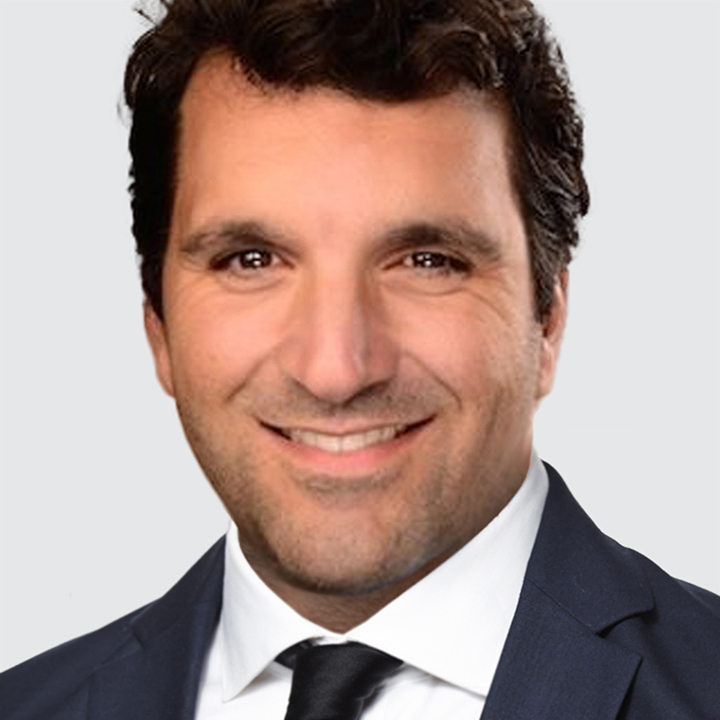Dollar and Stocks Clawing Back Losses
- The US March University of Michigan preliminary consumer sentiment report is the focus.
- UK economy unexpectedly shrinks in January. GBP and gilt yields dip.
- Japan’s largest labor union group wins biggest pay gain in decades. But there’s no destabilizing wage spiral underway. JPY underperforms across the board.
USD is regaining some grounds while US equity-index futures are up after the S&P500 closed in correction territory yesterday. Risk of a US government shutdown diminished. The Senate’s top Democrat, Chuck Schumer, said yesterday he would support the Republican’s bill to extend funding at current levels until September 30.
We remain constructive on the US growth outlook despite the recent soft patch and exceptionally high small business uncertainty. First, labor market conditions are good. The latest JOLTS job openings, non-farm payrolls, and initial jobless claims data point to a healthy labor market.
Second, US households balance sheet is strong and consistent with encouraging consumer spending activity. Net worth increased by $0.16 trillion in Q4 after rising by $4.8 trillion in Q3. A decline in the value of holdings of debt securities and real estate was offset by an increase in the value of corporate equities holdings and other assets. Net worth-to-disposable personal income ratio dipped to 772% of GDP from 781% of GDP in Q3 to be just under its all-time high at 833% of GDP in Q1 2022.
Third, the Fed has room to cut rates and support the economy as inflation is making slow progress towards 2%. The Cleveland Fed’s inflation Nowcast model, which is updated every business day, currently estimates headline PCE at 2.4% y/y in February vs. 2.5% in January. Core PCE inflation is forecast at 2.6% y/y, same as in January. Fed funds futures continue to price-in about 75bps of cuts this year while the FOMC has penciled-in only 50bps of easing.
Fourth, fiscal stimulus is in the pipeline. US Treasury Secretary Scott Bessent said the Administration is working to get a tax-cut package along with deregulation done this summer.
Nevertheless, the growth outlook advantage has shifted away from the US to other advanced economies. This regime change is a cyclical drag on USD and can lead to further US equity market underperformance relative to Europe.
The March University of Michigan preliminary consumer sentiment report is due today (2:00pm London). Headline is expected at 63.0 vs. 64.7 in February. Attention will be on inflation expectations as last month’s data indicated they’re becoming somewhat unanchored. In February, consumers' one-year inflation expectations unexpectedly soared 1pt to 4.3%, the highest level since November 2023. Inflation expectations 5 to 10 years out rose 0.3pts to 3.5%, matching the April 1995 high.
UK
GBP is down versus USD and EUR. UK economic activity unexpectedly shrinks in January. Real GDP fell -0.1% m/m (consensus: 0.1%) vs. 0.4% in December driven by a -0.9% m/m contraction in the production sector and a -0.2% m/m decline in construction output. The service sector grew 0.1% m/m vs. 0.4% in December. Real GDP is on track to undershoot the Bank of England’s (BOE) Q1 projection of 0.4% q/q.
Still, the BOE is expected to pause easing at its March 20 meeting in part because services inflation remains high at 5% y/y. Over the next 12 months, the swaps market is pricing in 50bps of cuts and small odds of an additional 25bps cut. Bottom line: the UK’s near-term stagflation backdrop can continue to weigh on GBP against EUR.
JAPAN
JPY is under broad downside pressure in line with a modest recovery in equity markets. Japan's largest labor union group, Rengo, secured a 5.46% average pay gain. That’s the highest level since 1991 and exceeded last year’s initial reading of 5.28%. Still, the pay hike was more modest than anticipated as members were asking an average wage increase of 6.09% this year.
As such, the BOJ is unlikely to tighten the policy by more than is currently priced which is a headwind for JPY. The swaps market continues to imply less than 50bps of rate hikes over the next twelve months.

